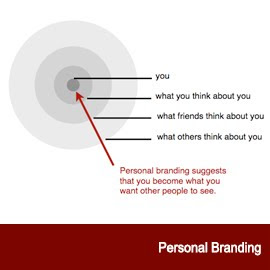 When it comes to social media, Delta Airlines is ready to go all in. Today, it launched the industry's first social media 'Ticket Window,' which is a fancy way of saying you can now book tickets on the Delta Facebook page.
When it comes to social media, Delta Airlines is ready to go all in. Today, it launched the industry's first social media 'Ticket Window,' which is a fancy way of saying you can now book tickets on the Delta Facebook page. After the page slurps your Facebook profile data and is able to secure a private connection, a process that takes a considerable amount of time, you'll be able to book flights off Facebook. How long? I started this post while waiting and quit waiting after I finished this post. Clearly, there are some bugs to be worked out.
More importantly, however, the concept kicks dust on the rented land cautions. When there is money to be made, companies don't care.
Facebook is only the beginning. Delta plans to expand its Ticket Window to other sites, including online banner ads to allow full booking capabilities within the airline's advertisements and without requiring you to leave the site you are on. Delta also has plans to provide a fully functional app that does everything its Web site and the Ticket Window can do.
Who Cares? It's An Airline.
This idea is a leap forward, because despite shortcomings, the company is doing something few have thought of — it bypasses the quest to drive visitors somewhere other than where they are. It creates an opportunity to skip the sales funnel and move directly to outcomes.
It's hard to say whether people will book flights while reading an article on The New York Times or playing Farmville, but there is a non-linear quality that can't be ignored. It demonstrates just how far social media will transform not only how we communicate, but how we sell, shop, and share.
That is not to say everything is all roses for the airline industry. Most still struggle with their basic brand promiseds. Added-value on-time flights without additional charges and some assurances nobody is busting up your luggage on the tarmac. The actual flight experience is where some innovation needs to be made and Delta still has some communication rough spots.
Communication Rough Spots.
For as much investment in the concept of a mobile Ticket Window, it's difficult to find the official Delta page on Facebook. Enough so that I had to visit the site to get the Facebook page, which defeats the purpose. Add another problem.
 For creative flair, Delta altered its logo on the Facebook page (pictured left). I didn't recognize it. Sure, the new look launched earlier in the week was a step up over what most airlines offer online. (Most have websites like their service. Lacking.) It's a nice, simplified and streamlined site. However, it didn't include a new logo.
For creative flair, Delta altered its logo on the Facebook page (pictured left). I didn't recognize it. Sure, the new look launched earlier in the week was a step up over what most airlines offer online. (Most have websites like their service. Lacking.) It's a nice, simplified and streamlined site. However, it didn't include a new logo. Over time, I suppose people will be able to distinguish the Delta logo no matter how they fly it onto various communication pages. But in the interim, it's disruptive in a negative way. It also assumes the airline has a huge following of fans. Maybe they do. The press release sure made it sound like they are on par with Virgin, Southwest, and JetBlue.
"Our customers are spending more time online and are looking for new ways to connect with us," said Bob Kupbens, Delta's vice president - eCommerce. "We're now delivering technology where our customers are - from our own website to our Facebook page to Internet news sites and beyond."
Like many airlines, they seem a little bit stuck on themselves. It was also a little spooky that they decided to launch on Facebook because "We already know Facebook is the most used website by inflight WiFi users on more than 2,000 Delta flights every day."
Nitpicking aside, the real thrust here should send any marketer's or communicator's head spinning with ideas and applications. While making every ad a storefront could diminish branding applications, there is something to be said for being able to book flights, buy products, or even line up speakers with customized topics wherever your landing page happens to be.
















